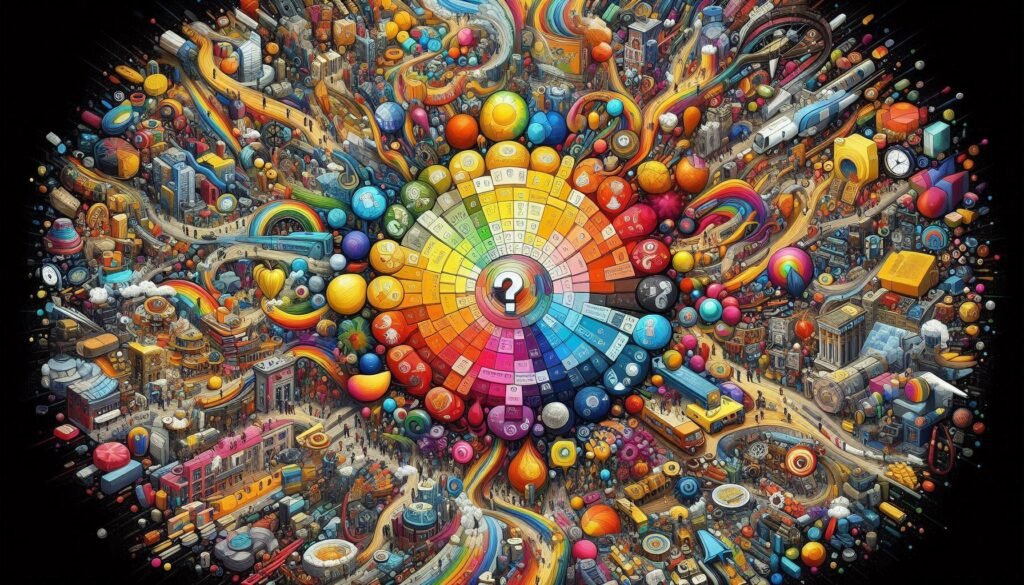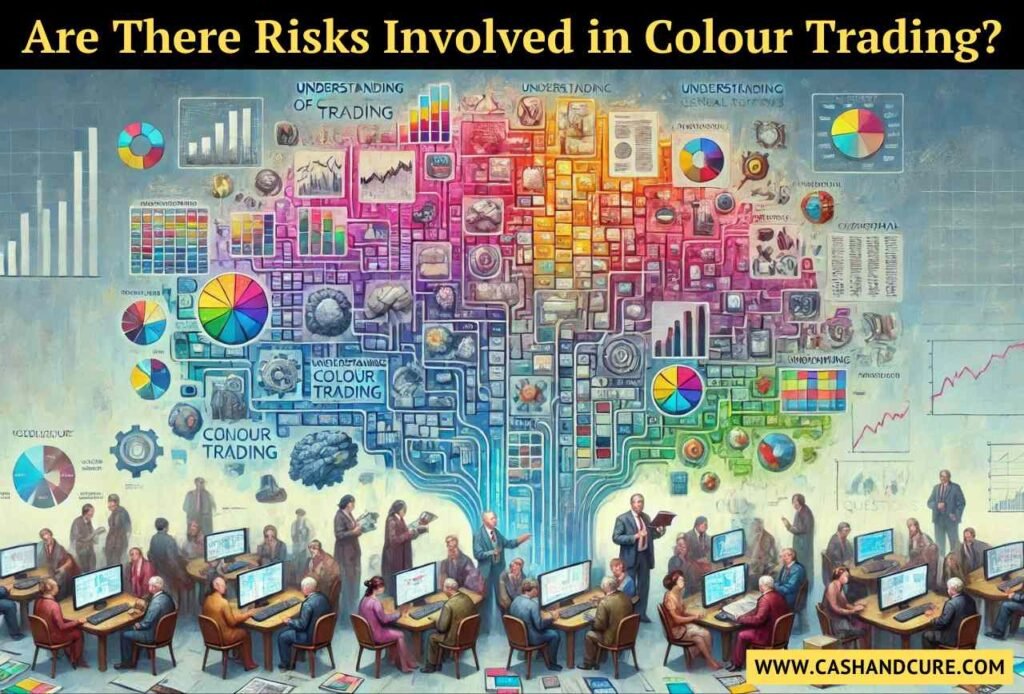Understanding of Colour Trading: Colour trading is a fascinating and relatively new concept that has been gaining traction in recent years. It involves the buying and selling of colours as commodities, much like stocks or other financial instruments. Consequently, this blog post will delve into the intricacies of colour trading, exploring its emotional aspects, benefits, risks, and how it differs from traditional trading methods. We’ll empower beginners with actionable advice to succeed in this unique market.
Understanding of Colour Trading

What is Colour Trading?
Colour trading is the practice of buying and selling colours as tradable assets. These colours can be used in various industries, including fashion, design, and marketing. This concept is similar to stock trading, where investors capitalize on market trends. As a result, specialized platforms have emerged to facilitate the exchange of colour assets.
How Does Colour Trading Work?
Colour trading works by allowing individuals to buy and sell colours on a digital platform. These platforms use a system of colour codes, such as HEX or RGB, to represent different colours. Traders can purchase these colour codes and hold them as assets, hoping that their value will increase over time. When the demand for a particular colour rises, traders can sell their colour assets at a profit.

Is Colour Trading Related to the Stock Market?
While colour trading shares some similarities with the stock market, it is not directly related. Both involve buying and selling assets based on market trends, but colour trading focuses specifically on colours rather than company shares. However, the principles of supply and demand, market analysis, and strategic trading apply to both markets.

What are the Benefits of Colour Trading?
Colour trading offers several benefits, including:
- Diversification: Moreover, colour trading provides an opportunity to diversify one’s investment portfolio beyond traditional assets like stocks and bonds.
- Creativity: Furthermore, for those with a keen eye for design and trends, colour trading can be a creative and engaging way to invest.
- Accessibility: Additionally, colour trading platforms are often user-friendly and accessible to beginners, making it easy for anyone to get started.
- Potential for Profit: Like any market, there is potential for profit if one can accurately predict colour trends and market demand.

Are There Risks Involved in Colour Trading?
As with any form of trading, there are risks involved in colour trading. These include:
- Market Volatility: The value of colours can fluctuate based on trends and consumer preferences, leading to potential losses.
- Lack of Regulation: Colour trading is a relatively new market and may not be as regulated as traditional financial markets, increasing the risk of fraud or manipulation.
- Limited Historical Data: Since colour trading is a new concept, limited historical data is available for analysis, making accurate market trend prediction challenging.

Can Beginners Participate in Colour Trading?
Yes, beginners can participate in colour trading. Because many platforms offer educational resources and tools to help new traders understand the market and develop their trading strategies, it’s essential for beginners to start with a small investment and gradually increase their exposure as they gain experience and confidence.

How Does Colour Trading Differ from Traditional Trading Methods?
Colour trading differs from traditional trading methods in several ways:
- Asset Type: Traditional trading involves assets like stocks, bonds, and commodities, while colour trading focuses on colours as the primary asset.
- Market Dynamics: The factors influencing colour trading, such as fashion trends and consumer preferences, differ from those affecting traditional financial markets.

Insights and Experiences: Colour Trading
Colour trading is not just about financial gain; it also involves a deep understanding of human psychology and cultural trends. Colours can evoke emotions and influence consumer behavior, making them powerful tools in marketing and design. Successful colour traders often have a keen sense of these emotional aspects and can anticipate shifts in consumer preferences.

For example, the colour blue is often associated with trust and reliability, making it a popular choice in corporate branding. On the other hand, vibrant colours like red and yellow can evoke excitement and energy, making them suitable for marketing campaigns aimed at younger audiences.
Conclusion: Understanding of Colour Trading
Colour trading is an exciting and innovative market that offers unique opportunities for investors. By understanding the emotional aspects of colours and staying informed about market trends, traders can capitalize on this emerging market. Though risky, the potential benefits make color trading an attractive option for those seeking to diversify their investment portfolio and explore new avenues for financial growth.


Leave a Reply
You must be logged in to post a comment.